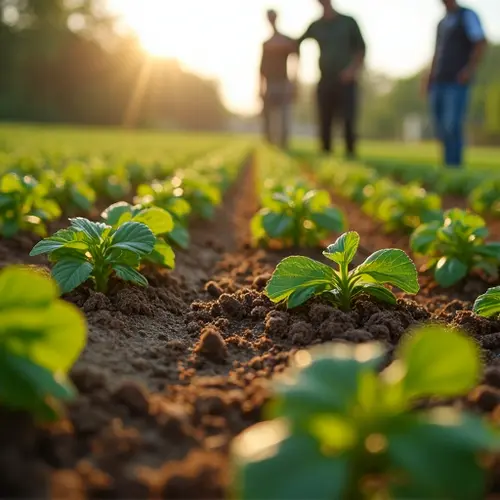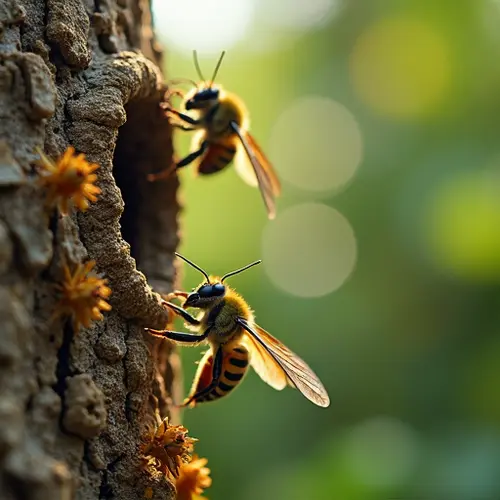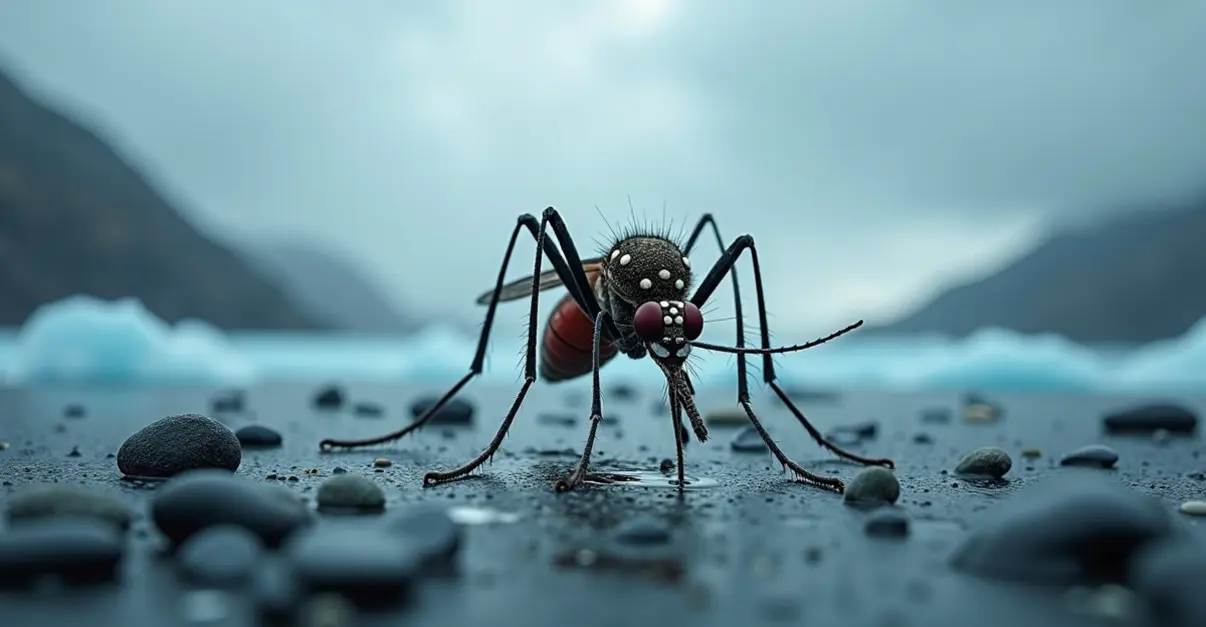High-protein insect farming offers a sustainable solution to global food security, with over 2,000 edible species. Innovations in vertical farming and automation are driving scalability, though consumer acceptance remains a challenge.

The Rise of Edible Insects
Over 2 billion people worldwide already consume insects as part of their daily diet, with more than 2,000 species considered edible. Insects like crickets, mealworms, and black soldier flies are not only nutritious but also environmentally sustainable, requiring fewer resources than traditional livestock.
Nutritional Benefits
Insects are rich in protein, essential amino acids, vitamins, and minerals. For example, crickets provide similar protein levels to soybeans, while mealworms are a source of complete protein and dietary fiber. Their high feed conversion efficiency makes them a viable solution for global food security.
Sustainability and Environmental Impact
Insect farming emits significantly fewer greenhouse gases and uses less water and land compared to conventional agriculture. Innovations like vertical farming and automated rearing systems are making insect farming scalable and efficient, particularly in urban areas.
Challenges and Opportunities
Despite their benefits, consumer acceptance remains a hurdle, especially in Western cultures. However, processed forms like insect flour and protein bars are gaining traction. Regulatory frameworks are also evolving to support the industry.
Future Prospects
With advancements in technology and growing awareness of sustainability, insects could become a staple protein source by 2050, addressing food shortages and environmental challenges.

 Nederlands
Nederlands
 English
English
 Français
Français
 Deutsch
Deutsch
 Español
Español
 Português
Português








